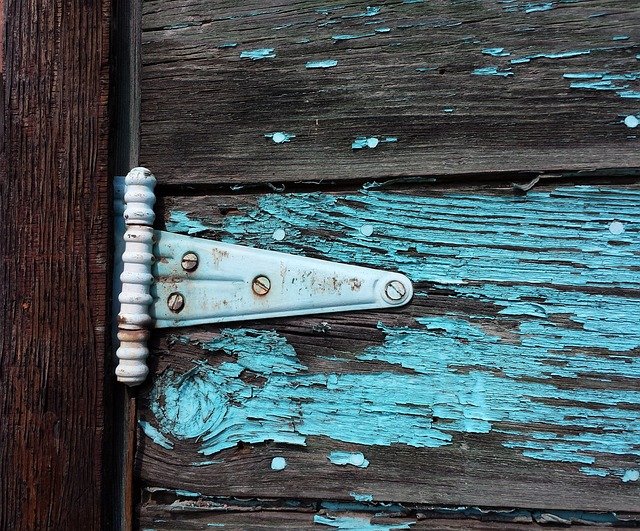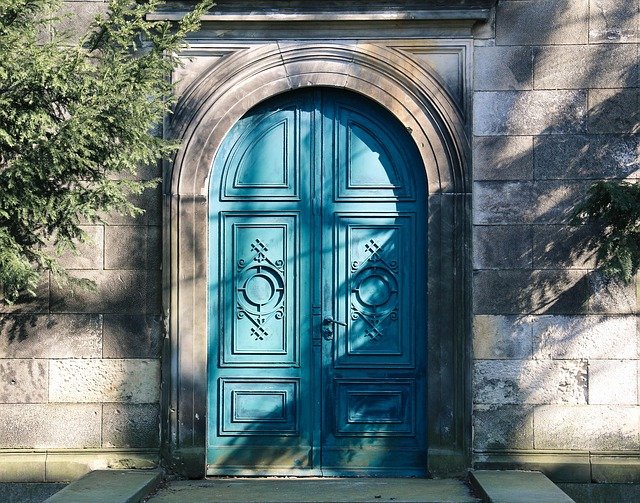Cooler Door Hinge Guide: Essential Tips for Wine & Beverage Coolers
When selecting or maintaining a wine or beverage cooler, the door hinge is often overlooked—yet it plays a crucial role in functionality and energy efficiency. Whether you own a built-in undercounter unit or a freestanding model, understanding hinge mechanics ensures longevity and optimal performance.
Why Cooler Door Hinges Matter
Door hinges on built-in undercounter wine coolers must support frequent opening/closing while maintaining an airtight seal. A faulty hinge can lead to temperature fluctuations, increased energy consumption, and even spoilage of your prized wine collection.
Types of Cooler Door Hinges
- Standard Hinges: Common in freestanding models; allow doors to swing open fully.
- Reversible Hinges: Offer flexibility for left/right door swing adjustments.
- Soft-Close Hinges: Prevent slamming, ideal for high-end wine and beverage coolers in busy kitchens.
Maintenance Tips
To extend the life of your cooler’s hinges:
- Lubricate hinges annually with food-grade silicone.
- Check alignment to ensure doors close evenly.
- Avoid overloading shelves, which strains hinges.
Upgrading Your Hinges
If your built-in wine cooler has outdated hinges, consider upgrading to soft-close models. This enhances usability and reduces wear on the door gasket—critical for maintaining consistent temperatures.
Choosing the Right Cooler
When shopping for a new unit, prioritize models with robust hinges. Explore premium options like undercounter beverage coolers with reinforced hinges for commercial-grade durability.
Final Thoughts
A well-functioning hinge system is vital for preserving your wine’s quality. Whether you’re installing a new wine storage solution or maintaining an existing one, these tips will help optimize performance and efficiency.



